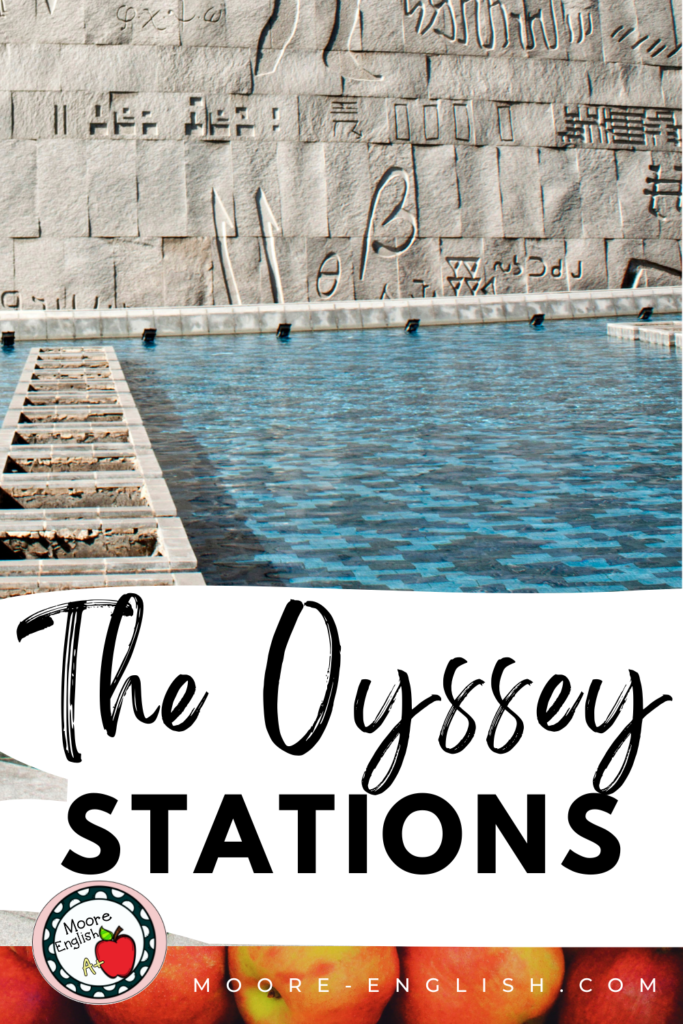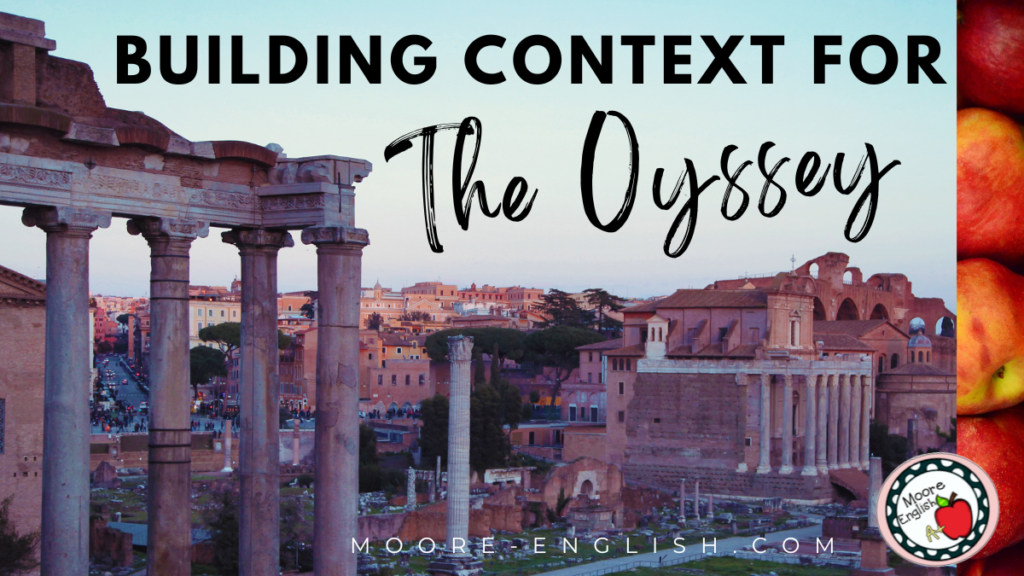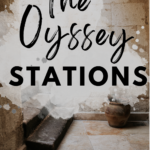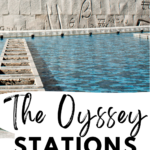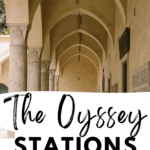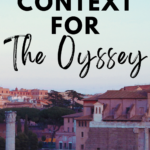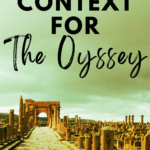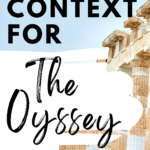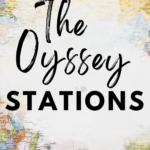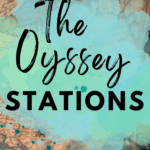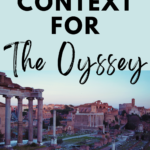The Odyssey is one of the first units for my freshmen, so it sets the tone for the rest of the year. Since it’s such a storied text, The Odyssey has a lot of baggage, and students need some background knowledge before we begin. To help students engage in The Odyssey, I’ve put together these 5 stations!
This post this post may contain affiliate links. Please read the Terms of Use.
Video Stations
Since reading The Odyssey requires some specific background knowledge, I like to use these two videos to help students engage with the historical context of The Odyssey.
First, “Everything You Need to Know to Read Homer’s Odyssey”, a Ted-ed video by Jill Dash, is a perfect tool for introducing students to some of the vocabulary they will encounter in The Odyssey. To help students work through this video, I’ve put together this quick listening guide.
Second, my students love John Green, so they are Crash Course fans! The Crash Course Literature episode about The Odyssey does a good job laying the foundation for the conflicts and characters students will encounter in the epic! My listening guide is a perfect way to help students approach this video.
Of course, teachers should preview both videos to make sure you’re comfortable with any spoilers students might encounter!
Stations for Engagement
Because they incorporate so much meaningful motion, stations are a great way to engage students in the text. To really engage students in the text, try these two station ideas:
First, I love anticipation guides to help students think about the themes and conflicts that are central to a text. This free anticipation guide is a good way to help students preview The Odyssey. Plus, this station can become two or three more stations if needed. Students can write a longer response to one of the anticipation guide prompts and/or have a station where they discuss the anticipation guide with their classmates.
Second, inquiry-based learning is a perfect way to hook students! Since the heroic archetype is so important in The Odyssey, I put together this set of free task cards to help students work backwards to determine the characteristics of a hero. With a small group, students look at the example heroes. Based on the characteristics of the example heros, students establish a set of criteria for becoming a hero. As the class begins to read The Odyssey, they can revisit this list and see if Odysseus is truly a hero.
Engage in The Odyssey with Writing
To help students begin to process their learning about The Odyssey, I often use journal prompts. Throughout the unit, we will journal often, so the prompt I choose for this station will be one that lends itself to discussion. I also like to choose a prompt that we can revisit throughout the unit or that connects to the other stations. Here are some potential journal prompts:
- First, what are the characteristics of a hero?
- What does home feel like? What does home look like?
- What are the characteristics of a good host or hostess?
- It is often said that pride is the greatest sin. Do you agree? Why or why not?
- The Odyssey is a road trip story. What are the steps in a good road trip story?
Grab all my resources for teaching The Odyssey today!

